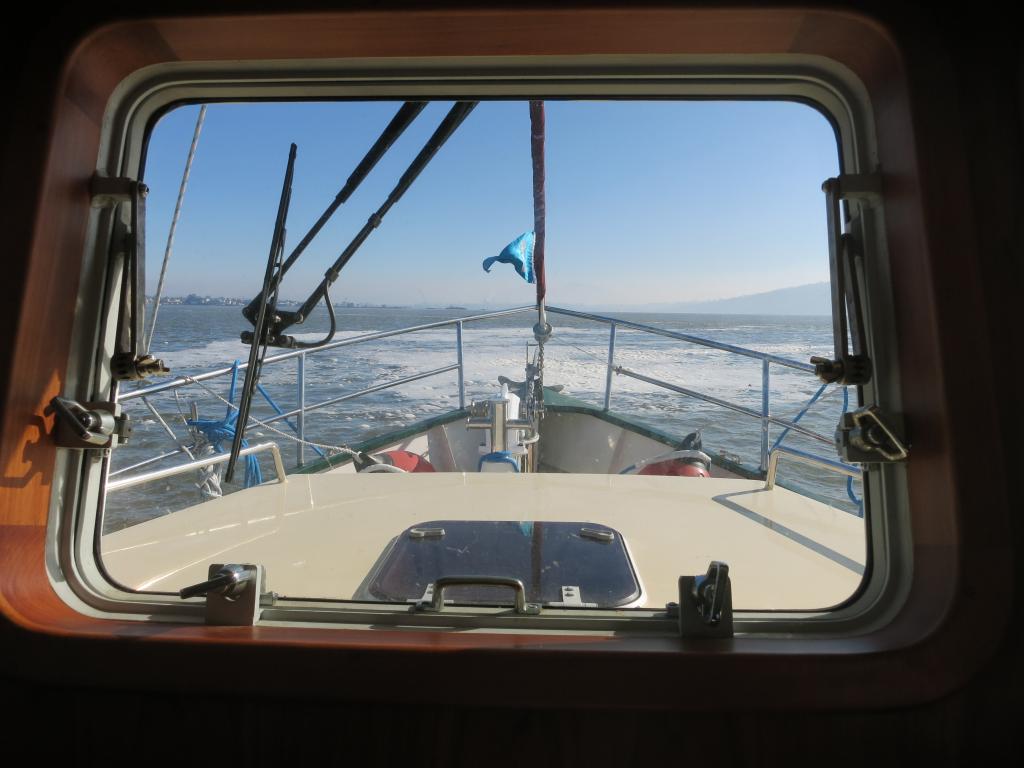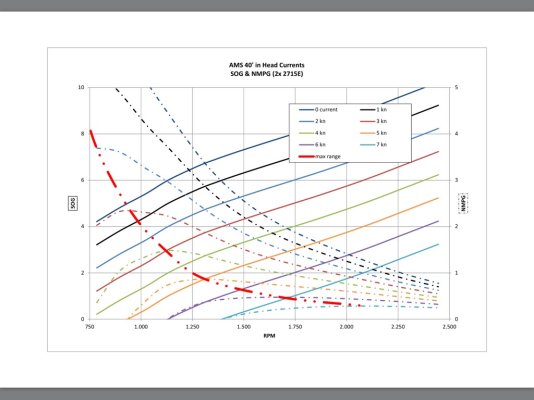jjanacek
Veteran Member
We operate between 1600 and 2000 rpm, usually around 1700. We used to think
we could figure out the tidal currents on the ICW for optimal fuel use, but
are fooled often, so I have a formula: when going against the current I use
a higher rpm, thinking I'm going upstream for a shorter length of time that
way, using less fuel. When traveling with the current, I slow down,
believing I'm letting the current do some of the work instead of my
Cummins. I'm sure I've saved at least four tablespoons of diesel over the
years with this method.
So why not have an application that would incorporate the tide tables,
current, time of day, date, speed and place to figure out the optimal time
to travel from A to B? Of course this would just be a guesstimate, but a
worthwhile project for someone and maybe worth a few bucks,
I'm sure this has been done for boats that travel on the high seas and
really use some diesel, but why not for other boats?
Jeff Janacek on Adirondack
at Hidden Harbor in Brunswick, GA
_________________________
we could figure out the tidal currents on the ICW for optimal fuel use, but
are fooled often, so I have a formula: when going against the current I use
a higher rpm, thinking I'm going upstream for a shorter length of time that
way, using less fuel. When traveling with the current, I slow down,
believing I'm letting the current do some of the work instead of my
Cummins. I'm sure I've saved at least four tablespoons of diesel over the
years with this method.
So why not have an application that would incorporate the tide tables,
current, time of day, date, speed and place to figure out the optimal time
to travel from A to B? Of course this would just be a guesstimate, but a
worthwhile project for someone and maybe worth a few bucks,
I'm sure this has been done for boats that travel on the high seas and
really use some diesel, but why not for other boats?
Jeff Janacek on Adirondack
at Hidden Harbor in Brunswick, GA
_________________________






